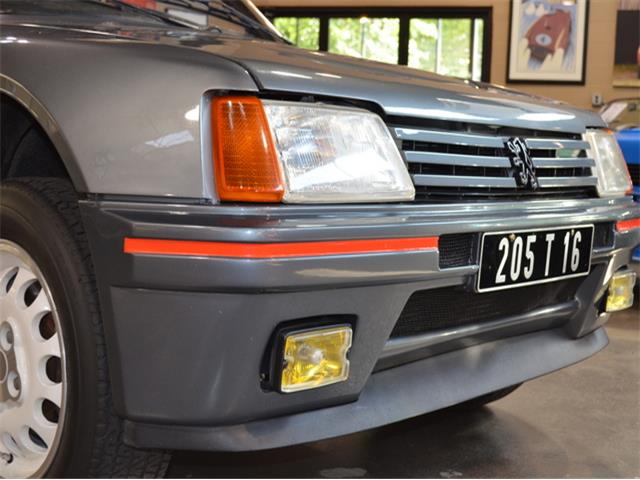
Legend generally has it that the Audi Quattro dominated the World Rally Championship and the iconic Group B class of flame spitting, air catching homologation specials. But popular belief is wrong, as though the Audi was successful, it was far from the walk-over that many fans believe it was. The Quattro was challenged at every step; first from the establishment Lancia with the 037 – a rear-drive, mid-engine super-lightweight special. Lancia proved that a lightweight, better balanced design could best the nose-heavy Audi even in inclement conditions and though the four ring’s Hannu Mikkola won the driver championship in the WRC for 1983, it was the Lancia who captured the constructor’s title.
Things got more interesting in 1984, as major modifications and increasing power introduced new players to the field. The season started out where 1983 had left off, with the long-wheelbase Audi Quattro A2 and the Lancia 037 dominating the first eight rounds of the championship. Round 9, though, saw a new, unorthodox design launch. As Audi rolled out their shortened, upright and more powerful Sport Quattro, Peugeot emerged with the diminutive 205 economy hatchback. Yet it was not a front-engine, front-drive design as they’d be seen on the road; stripped, widened, and seriously turned up, the new 205 Turbo 16 was a mid-engine, all-wheel drive turbocharged revolution that would go on to dominate the Group B competition over the next two seasons.
Just how dominant was it? While the 205 Turbo 16 didn’t look or sounds as impressive as the leaping, massively winged Audis or outrageous turbocharged and supercharged Lancia Delta S4, the chassis balance, power delivery, reliability and driver combination was spot on. The results spoke for themselves; there were 29 races the 205 Turbo 16 raced in WRC before Group B ended – Peugeot won 16 of them. Audi? After the 205 was introduced, they won one. That’s right, Audi only won ONE race outright after Peugeot entered the arena. So while the Sport Quattro might be a legend, it wasn’t a particularly successful car in terms of racing. It may have come from over the border and an unusual source, but when one of the 200 homologation special 205 Turbo 16s comes up for sale, it’s something of an occasion that is worthwhile to look at – and perhaps the hottest hatch ever made:








